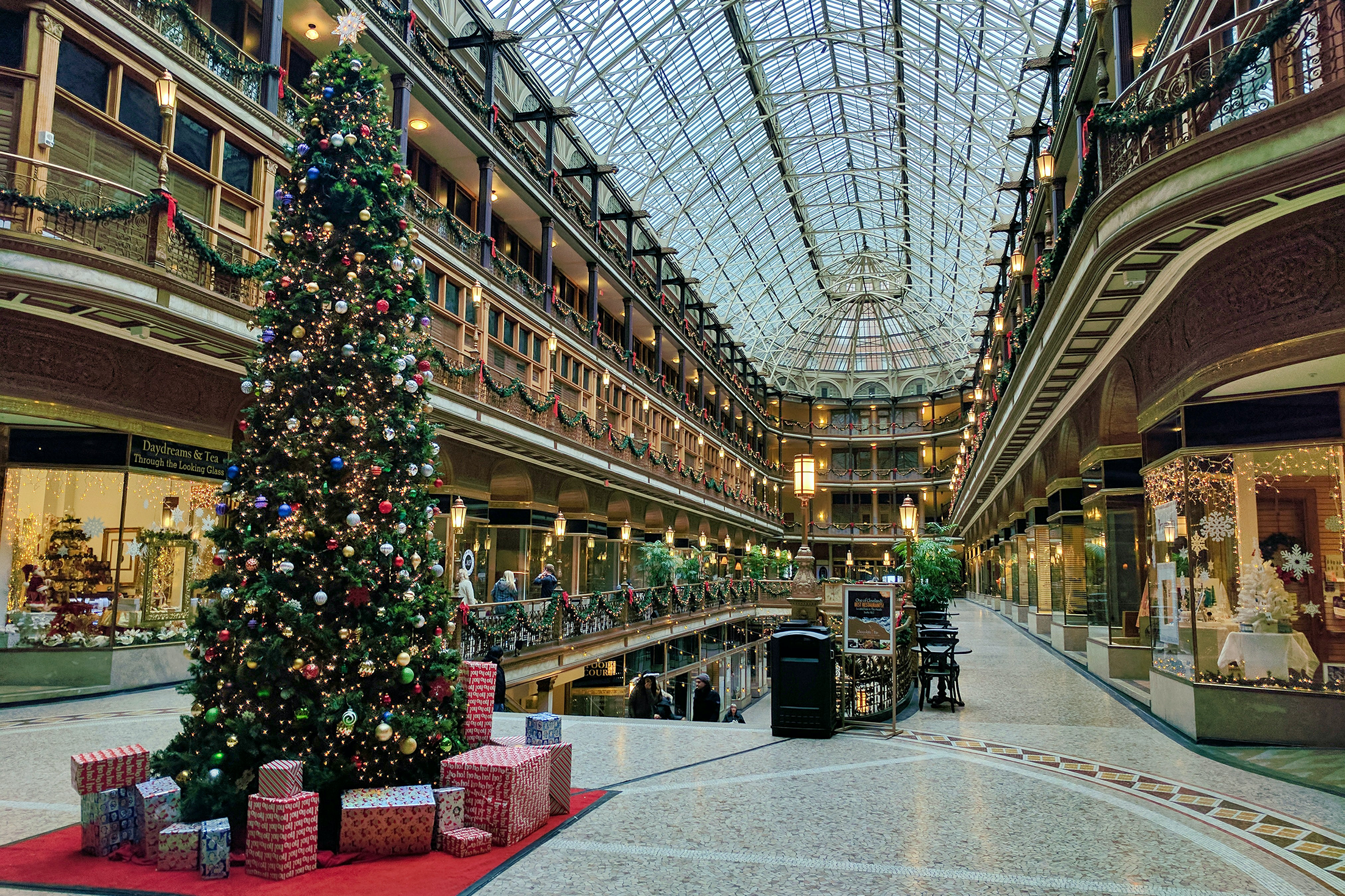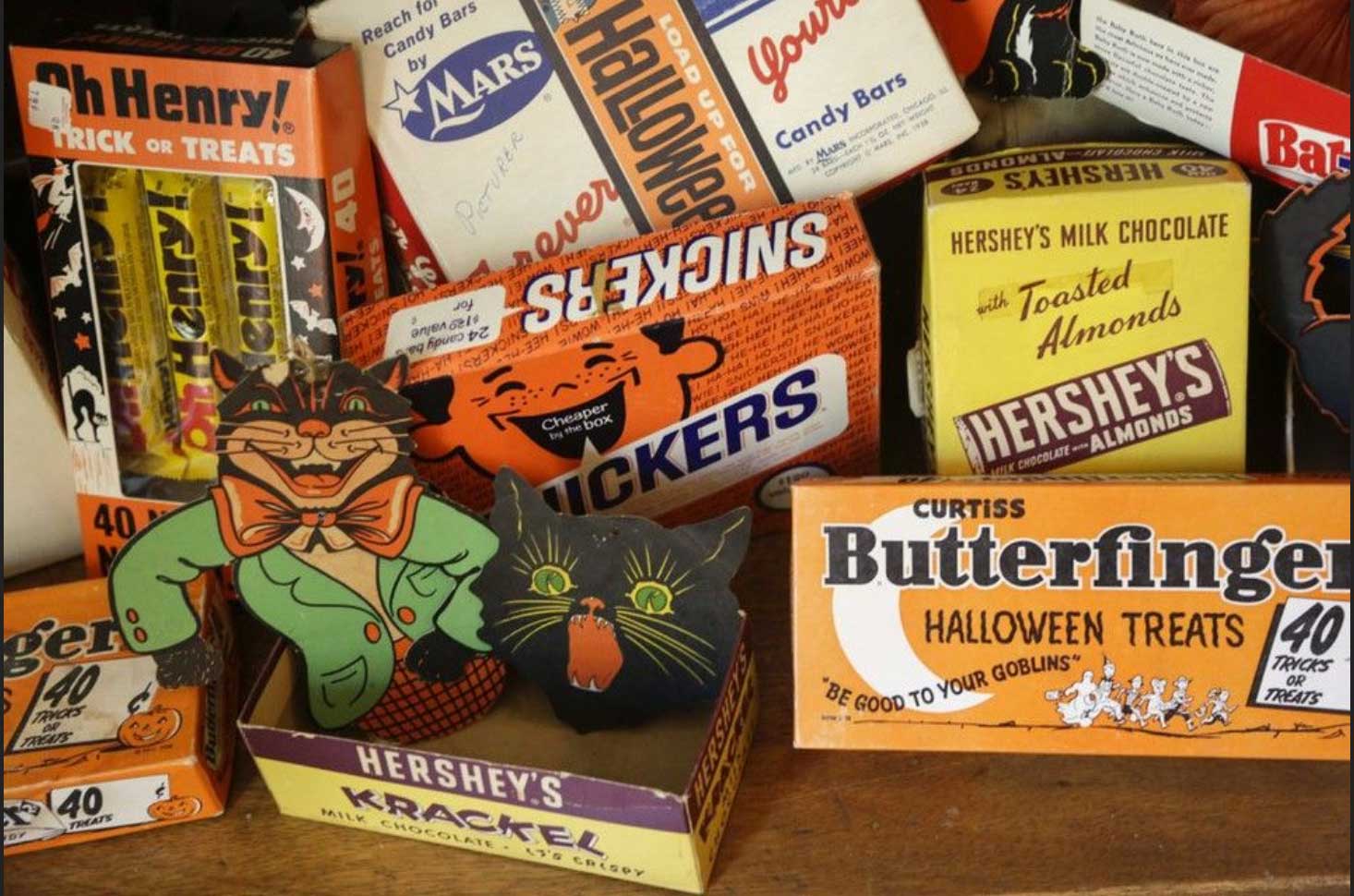
Space Age design dominated postwar America
March 2024
Everything Old
Space Age design dominated postwar America
by Corbin Crable
This issue of Discover Vintage America will present decades of vintage NASA collectibles, which have chronicled our fascination with space exploration for more than half a century. It only makes sense to do this on the heels of NASA’s announcement of the Artemis 2 project, expected to launch sometime next year. Four astronauts will conduct a flyby of the moon in the first scheduled crewed mission of NASA’s Orion spacecraft.
Down here on Earth, we can detect space travel in many other facets of our culture. First, however, it’s probably best to make the distinction between Space Age design and Atomic Age design, which can often confuse people because the two terms were sometimes used interchangeably.
According to Architectural Digest, the Atomic Age began after the U.S. dropped atomic bombs on the Japanese cities of Hiroshima and Nagasaki in 1945, ending World War II and signifying a new period in human history that would be marked by the potential use of atomic power and the terrifying prospect of Armageddon. It was in this year, too, that author George Orwell first gave a name to the hostility and tension between the United States and the Soviet Union – the Cold War.
Still, despite their dark origins, the design trends that came from this period were sleek, colorful and even playful. Atomic particles became incorporated into everything from architecture to kitchen appliances and from wallpaper to light fixtures.
Space Age design, however, began more than a decade later, with the launch of the Sputnik satellite in late 1957. This movement’s visuals possess their own distinct look, and ‘Space Age’ is no longer used interchangeably with ‘Atomic Age’ when referring to design trends. Unlike the fear associated with the use of atomic technology, visuals consistent with the Space Age were full of optimism in humanity’s exploration of worlds beyond Earth, and faith in the good our ongoing technological developments could harness. The movement found its way into pop culture with TV shows like The Jetsons featuring it prominently. Space Age influence can even be found in the world of fashion – remember the white go-go boots worn by Jane Fonda in her groovy sci-fi flick “Barbarella” (1968)?
Nowhere was Space Age design more readily present than in the 1964 World’s Fair.
There, innovations from the smallest ink pen to the hulking automobile to the fair’s pavilions pointing skyward possessed the sleek look of the Space Age – it was a sign of promise, of advancement, of technological evolution, all of which coincided with the Baby Boomer generation.
Space Age design became synonymous with the Midcentury Modern movement, having enjoyed a resurgence in recent years as it becomes more closely aligned with camp and kitsch.
Obviously, you can still find echoes of Space Age design at your local antique store or vintage market. Take a moment to appreciate it as we prepare to look to the stars and to NASA’s bright future in the coming years.

Turn the page on old reading habits
Photo by Catherine Hammond on UnsplashMar 2023Everything OldTurn the page on old reading habitsby Corbin Crable March is National Reading Month, and with it comes a greater awareness of the benefits of reading. Established to honor Dr. Seuss, one of the first...
How to finally keep your new year’s resolution
Photo by Tim Mossholder on UnsplashJan/Feb 2023Everything OldHow to finally keep your new year’s resolutionby Corbin Crable Keeping your Resolutions How are you doing on keeping your resolutions for the new year so far? Still going strong? Or maybe you’ve...
Support your local small businesses this holiday season
Photo by Tim Mossholder on UnsplashDecember 2022Everything OldSupport your local small businesses this holiday seasonby Corbin Crable Ideal gift for that special someone If you’re still looking for the ideal gift for that special someone on your holiday...
Malls remain a reminder of shopping in the pre-Amazon era
Photo by Ron Dauphin on UnsplashNovember 2022Everything OldMalls remain a reminder of shopping in the pre-Amazon eraby Corbin Crable Mall Shopping This year, as most of us log onto the Internet to do our Christmas shopping, some of us will hop in the car and...
These Halloween candies still fill us with terror, but some still view them as treats
Photo courtesy of Pinterest.October 2022Everything OldThese Halloween candies still fill us with terror, but some still view them as treatsby Corbin Crable Halloween candies Anytime of year, those of us with a sweet tooth can easily name the candies we always...
Vintage movie theaters hold cherished memories
Photo by Lloyd Dirks on UnsplashSeptember 2022Everything OldVintage movie theaters hold cherished memoriesby Corbin Crable We all have our own memories of going to the movies – that place where you could sit in silence, in the dark, and laugh or cry with the...







